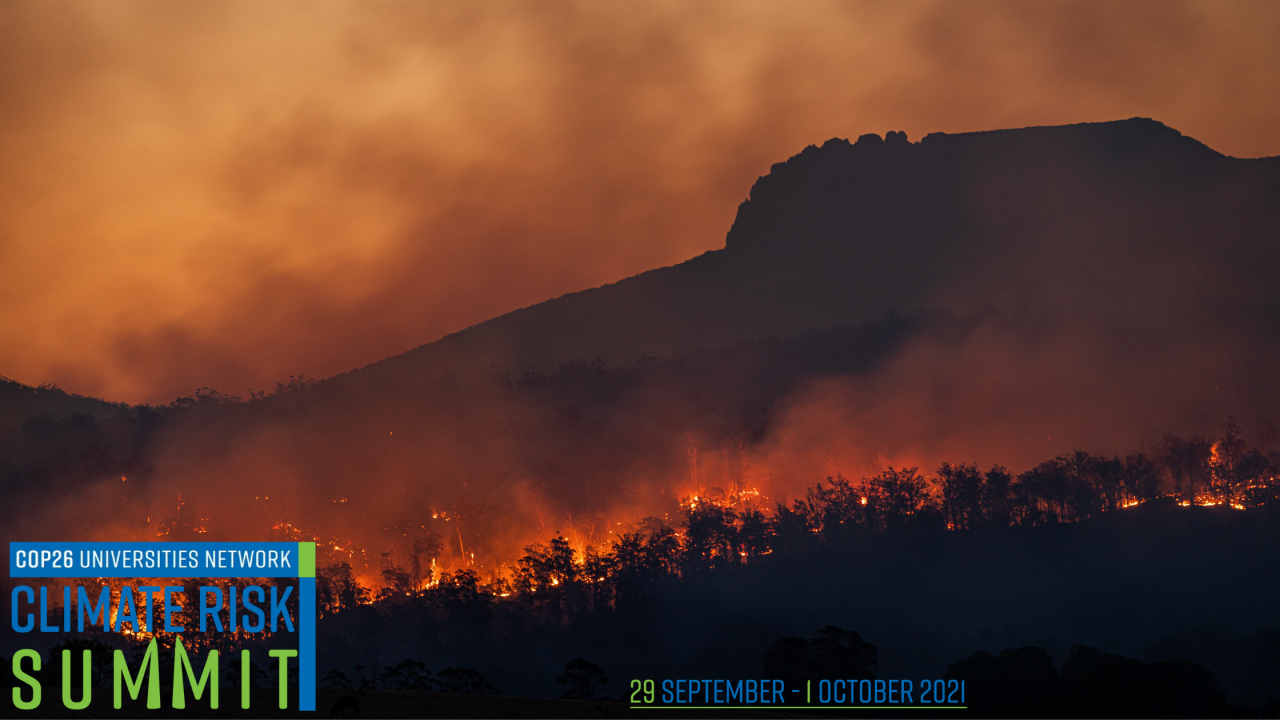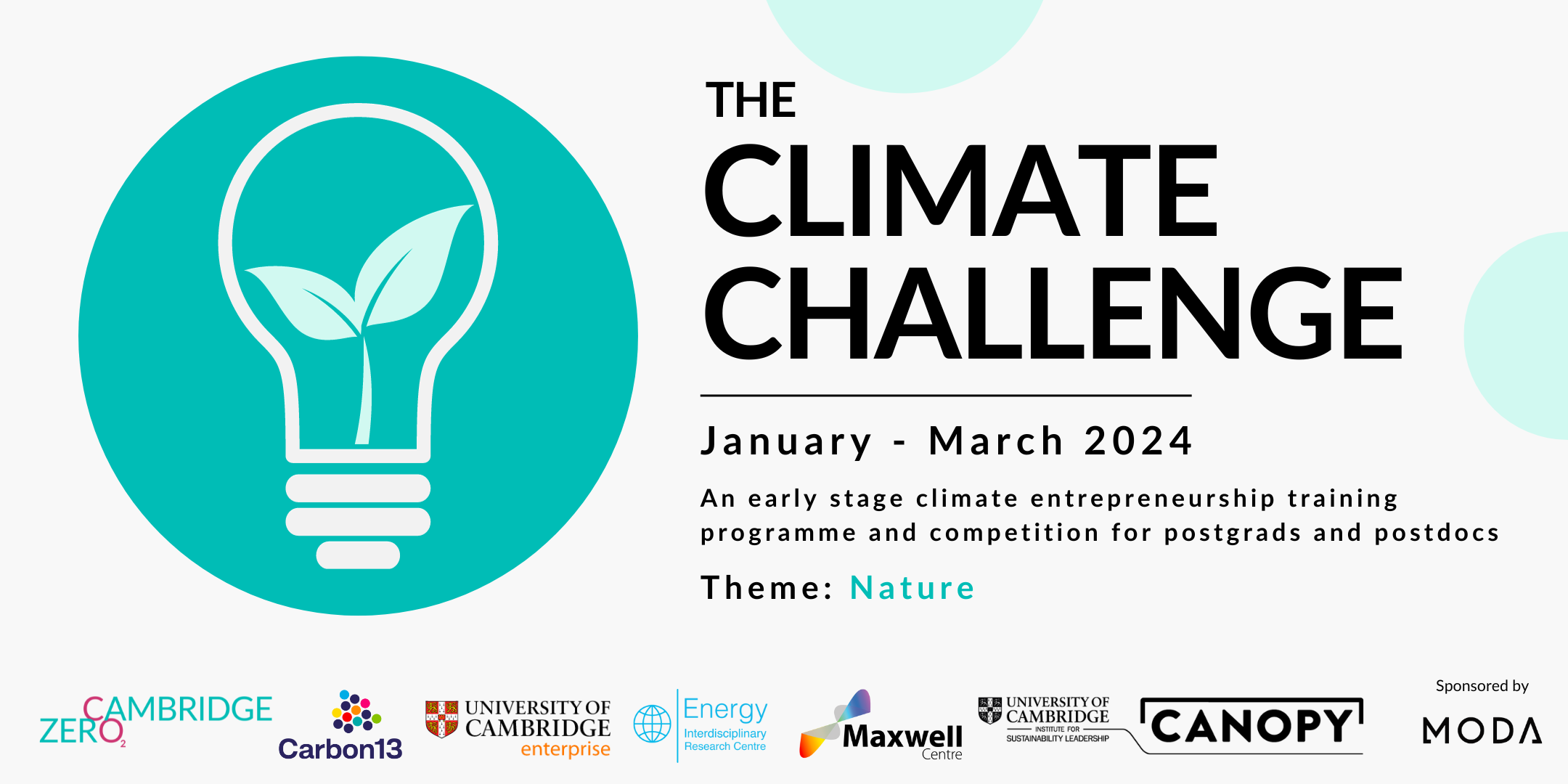The sharp edges of climate change are clearly manifesting around the globe as extreme weather and climate events increase in likelihood and intensity. Extreme event attribution is an emerging field in climate science, aiming to answer whether, and to what extent, anthropogenic factors modify physical hazards and the risk of an extreme event, taking into account exposure and vulnerability of populations and assets. This growing field contributes to the development of usable climate science and plays important role from the financial, humanitarian, and legal perspective.
As Dr Fredi Otto reminded us, we already live in an era of loss and damage caused by climate change. However, not every extreme event carries the same fingerprint of anthropogenic influence. For instance, without global climate change, many of the recent heatwaves would most probably not have occurred during our lifetimes. The same is currently harder to establish for exceptional droughts and floods. This, however, may change soon, thanks to rapid advances in the science and methods of event attribution.
The overwhelming evidence that climate change is already here – and is not a problem of future generations only – should lead to fundamental changes in our approach to mitigation and adaptation. The socio-economic fabric of our expanding civilisation needs to be made more resilient to a changing climate. With a nod to E. F. Schumacher, panellist Ted Shepherd talked of “[climate] science as if people mattered” and highlighted the need for the field to progress and provide services to civilisation in this spirit.
From a humanitarian perspective, filling information gaps on exposure and vulnerability to natural disasters that cause loss of life (eg. who are most vulnerable and why, is there response capacity, etc) not only informs attribution studies, but perhaps more importantly also allows us to build early warning systems (Maarten van Aalst). Such systems, in parallel with disaster risk management, recovery plans to ‘build back better’, and adaptation measures implemented today, can reduce local vulnerability, and thus climate risk.
In the financial world, businesses, investors and other stakeholders can no longer perceive climate change as primarily an ethical or environmental issue, but as a core financial and legal risk matter. Both for-profit and non-profit organisations must identify, assess, mitigate, and disclose physical risks from damages and disruptions arising from extreme climate events, and transition risks as the economy decarbonises (Ellie Mulholland). Physical risks can combine and cascade across connected supply and production chains, and lead to significant negative financial impacts.
Dr Petra Minnerop showed that at the intersection of law and climate science, event attribution results are critical to establish links between anthropogenic emissions and specific extreme events causing loss and damage. Event attribution is also important for the development of climate change legislations that require forward-thinking political will and decisions.
Usable climate science, and particularly extreme event attribution, can help COP26 pave the way to a new era of sustainability and economic progress decoupled from exhaustible fossil fuel resources.
Read more:
The session ‘Risks and attribution of extremes in a changing climate’ was curated by Neven Fučkar (University of Oxford) and chaired by Emily Shuckburgh, Director of Cambridge Zero.




